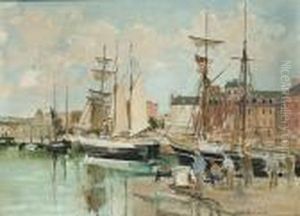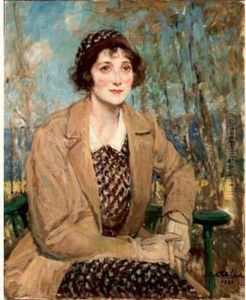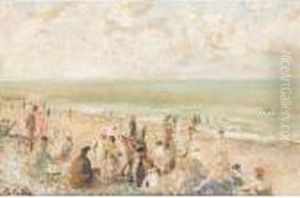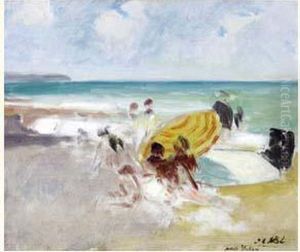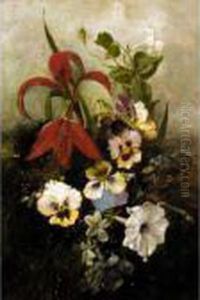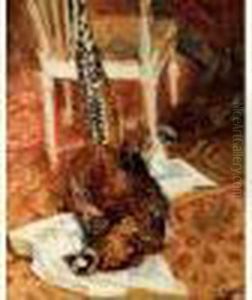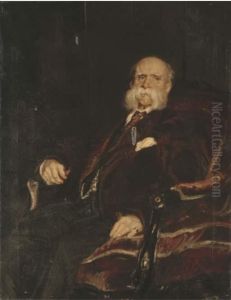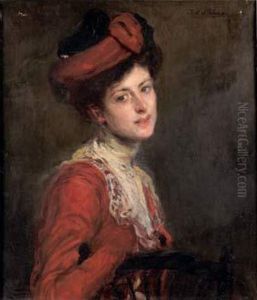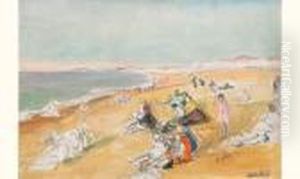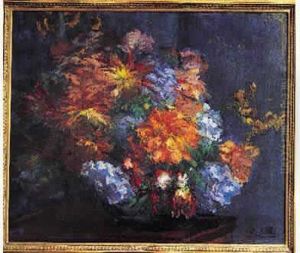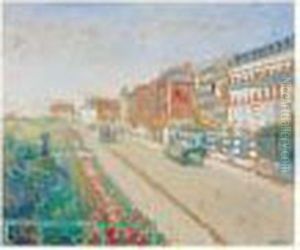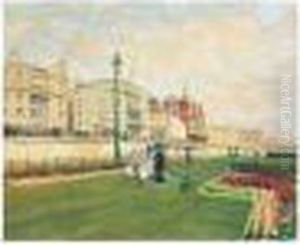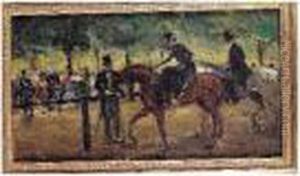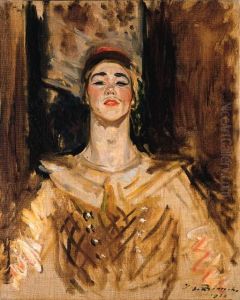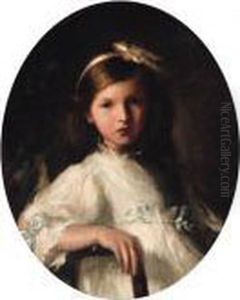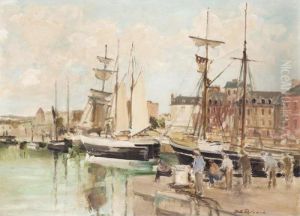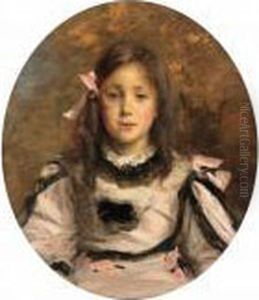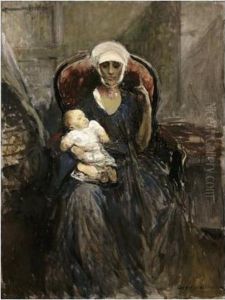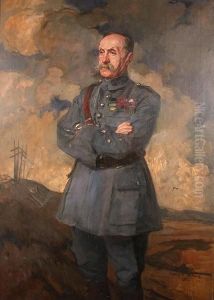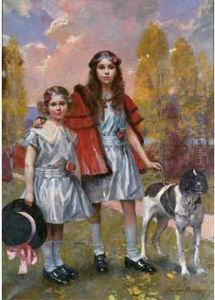Jacques-Emile Blanche Paintings
Jacques-Emile Blanche was a French painter born on January 1, 1861, in Paris. He was most renowned for his work as a portrait artist, with a clientele that included some of the most celebrated personalities of his time, from intellectuals and stars to aristocrats.
Blanche was the son of a successful psychiatrist, Dr. Émile Blanche, who had a profound influence on his cultural and artistic education. Growing up in a house frequented by many of the leading figures in the arts and literature, Blanche was exposed to the artistic world from a young age. He received informal training from Henri Gervex and later studied under other prominent artists such as Fernand Cormon.
Despite his training under academic artists, Blanche’s style was heavily influenced by the Impressionists. He became good friends with Edgar Degas and Édouard Manet, and his work began reflecting the lighter, more vibrant brushstrokes associated with this movement. However, his primary niche remained in portraiture where he excelled, capturing more than just the physical likeness of his subjects but also a hint of their psyche.
Blanche was not just a painter but also a writer and critic. He wrote many articles and essays on the art and artists of his day. A notable aspect of his artistry was his ability to integrate the insights from his literary pursuits into his paintings, enriching the backgrounds and settings of his portraits with narrative depth.
Throughout his career, Blanche exhibited widely, including at the Salon de la Société Nationale des Beaux-Arts in Paris and abroad. His works were celebrated for their sophistication and the insight they provided into the personalities of the era’s cultural elite. Among his famous works are portraits of writer Marcel Proust, actor James Joyce, and composer Claude Debussy.
Jacques-Emile Blanche's health began to decline in the late 1930s, and he eventually passed away on October 30, 1942, in Offranville, Normandy. His legacy lives on through his insightful portrayals of his contemporaries, documenting an important era in French cultural history.

